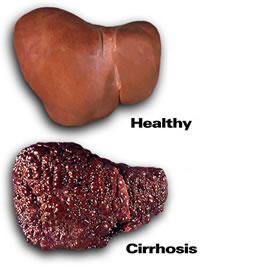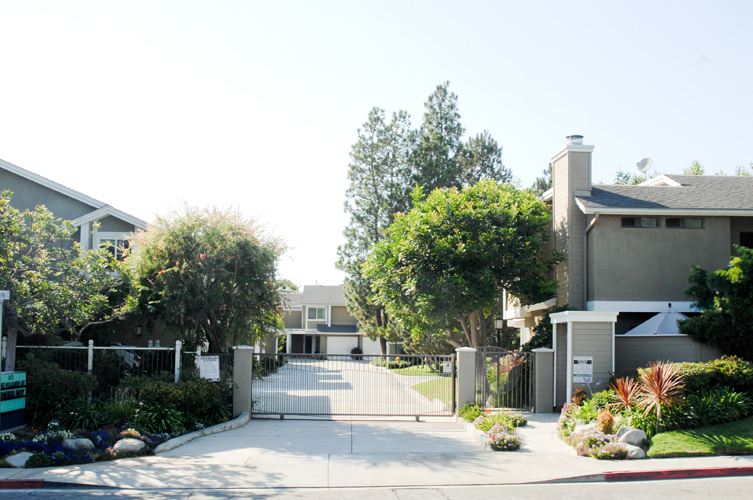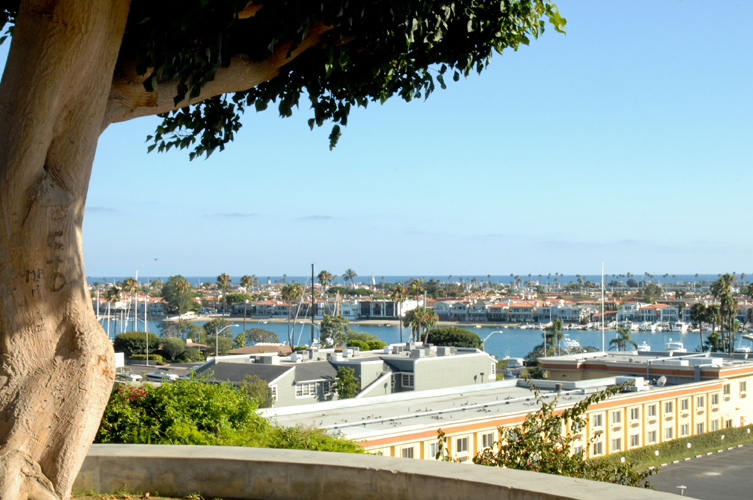 Liver damage from alcohol takes many forms. The damage is a direct result of drinking too much alcohol as in the case of alcoholism. When alcohol is processed in the body, it passes through the liver to be detoxified. When the liver is exposed to too much alcohol for too long a period of time the liver becomes inflamed, cells die off and fibrosis or hardening of the liver cells occurs resulting in cell dysfunction. Fatty liver disease, alcoholic hepatitis, fibrosis and cirrhosis are forms of liver damage from alcohol.
Liver damage from alcohol takes many forms. The damage is a direct result of drinking too much alcohol as in the case of alcoholism. When alcohol is processed in the body, it passes through the liver to be detoxified. When the liver is exposed to too much alcohol for too long a period of time the liver becomes inflamed, cells die off and fibrosis or hardening of the liver cells occurs resulting in cell dysfunction. Fatty liver disease, alcoholic hepatitis, fibrosis and cirrhosis are forms of liver damage from alcohol.
Fatty Liver Disease
Liver damage from alcohol can result in a condition referred to as fatty liver disease. Chronically drinking alcohol will cause triglycerides to accumulate in the liver cells as fatty globules. The condition sometimes begins to occur after only a few days of heavy drinking. Fatty liver is reversible if a person stops drinking alcohol. Some people will go on to develop liver cancer as a result of fatty liver disease.
Alcoholic Hepatitis
Liver damage from alcohol can also occur in the form of alcoholic hepatitis. The acute development of hepatitis can occur because of fatty changes in the liver. The condition is usually limited in duration and is reversible if alcohol consumption is stopped. Alcoholic hepatitis can lead to fibrosis and, subsequently, cirrhosis of the liver. Some people will die from alcoholic hepatitis.
Cirrhosis of the Liver
Severe liver damage includes a condition called cirrhosis. Cirrhosis includes swelling of the liver, fibrosis (hardening of the cells) and damaged cell membranes which impede cells’ normal functioning. Scarring of the liver tissue and death of liver cells is the result. The condition will lead to liver failure if alcohol consumption is not stopped. Hardening and scarring of the liver cells is not reversible but can be managed with cessation of alcohol consumption and proper treatment.
Causes and Risk Factors for Liver Damage from Alcohol
- Abnormal accumulation of iron in the body
- Drinking at times other than at meals
- Existence of Hepatitis C infection
- Female gender
- For men, drinking 75–100 ml/day for 20 years or more; for women, drinking 25 ml/day
- Genetic predisposition
- Malnutrition
Treatment
Liver damage from alcohol can be reversed, stopped or managed only when a person stops drinking alcohol. Without that first step, liver damage will get worse. Cessation of smoking and adding exercise into a person’s lifestyle will aid tremendously in healing liver damage from alcohol.
Nutritional Therapies
Once a person stops drinking, the liver damage from alcohol can be treated. One approach is dietary changes. The person’s diet should include a generous amount of calories, vitamins and minerals and frequent small meals high in protein and essential fatty acids.
Supplements that aid in treating liver damage from alcohol include carnitine, vitamin C, choline and glutamine. Some practitioners recommend supplementing the diet with specific anti-oxidants such as Milk Thistle; however, the effectiveness of such anti-oxidants has not been proven for certain.
Drug Therapy
Liver damage from alcohol must first be managed through the cessation of alcohol consumption and through addressing the nutritional aspects of liver healing. There are also medications on the market that can aid in the healing process such as corticosteroids, infliximab, pentoxifylline, propylthiouracil and colchicine. A drug therapy treatment plan must be tailored to each person by a qualified physician.
Transplant
Liver damage from alcohol can be so severe that no therapies are effective. The last option taken by some people is liver transplant. A person seeking a liver transplant must stop drinking alcohol completely for at least six months before being added to a liver transplant list. Transplant lists are usually long and in the worst cases the person will die before a donor becomes available.
 Call Today! (800) 910-9299
Call Today! (800) 910-9299







Speak Your Mind
You must be logged in to post a comment.